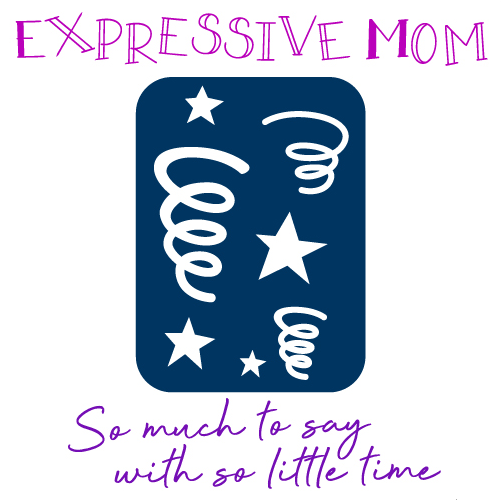Americans are more aware than ever of what they eat, and that’s due in large part to the Food and Drug Administration’s now-familiar Nutrition Facts label. The labels have provided consumers with a quick rundown of details they need to know about the foods they eat — including calories per serving, serving sizes and vitamin content. Although the labels have been helpful to millions, certain trends and new research have revealed the information they contain to be somewhat less helpful than they were intended. For example, serving sizes were determined based on recommendations from nutritionists and doctors. However, research has found that the majority of Americans weren’t following those recommendations and eating larger servings than were detailed on the Nutrition Facts labels. In other cases, changes to Americans’ dietary habits meant certain vitamin deficiencies were far less common than they were when the Nutrition Facts label was created. Thus, including information about those vitamins became less relevant.
For these and other reasons, the FDA announced in 2016 that it would be making some significant changes to the Nutrition Facts label, and food manufacturers and packagers would be required to follow these changes by 2018. These modifications reflect new understanding of Americans’ dietary habits as well as different priorities in terms of what constitutes a balanced diet. For those in the food industry, understanding why these changes were deemed necessary is important for maintaining compliance with FDA regulations. For example, the calorie count per serving has been made much more prominent in order to make it clearer to consumers how each food item fits into the recommended daily intake.
The following guide breaks down the new Nutrition Facts label and why the changes were made. If you’re concerned about being in compliance and want to understand why these changes were made, this guide should make everything clear.




Connect With Me !